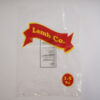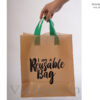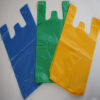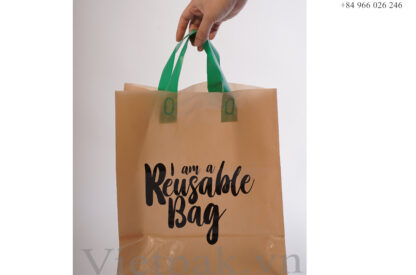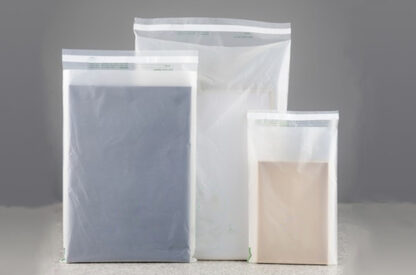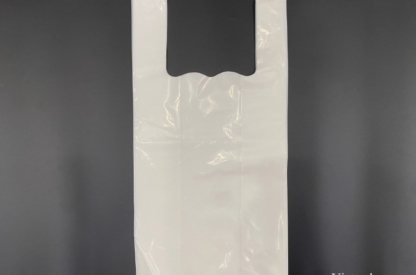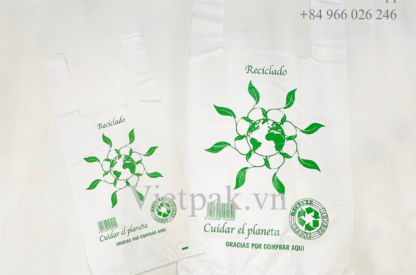Are Paper Bags More Expensive Than Plastic?
Beyond issues of the environment, there are numerous other factors at play in the ongoing paper bag vs. plastic bag debate. One aspect frequently discussed is the cost. In this article, we examine whether paper bags are more expensive than plastic bags by taking into account a number of variables that affect their overall costs. We aim to provide a thorough analysis of the cost dynamics between these two bag types by looking at the production costs, durability, environmental impact, market factors, regulations, and consumer behavior.
Overview of Paper Bags and Plastic Bags
Contents
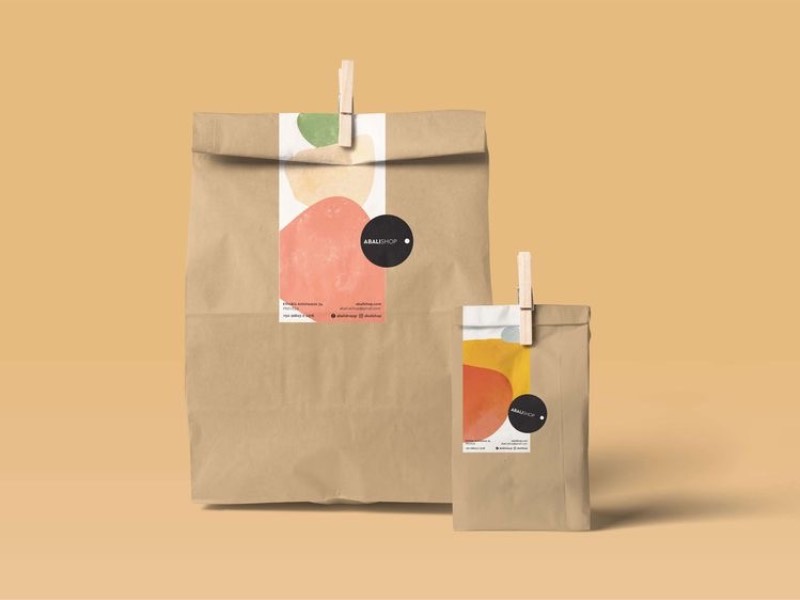
- Overview of Paper Bags and Plastic Bags
There are two common types of packaging that are used in many different industries and in daily life: paper bags and plastic bags.
Paper Bags
Paper bags are typically produced by pulping wood fibers and then shaping them into bags using renewable resources, like trees. They are a more environmentally friendly choice because they are biodegradable and have a higher potential for recycling.
Paper bags are known for being strong and having the capacity to carry large objects, making them ideal for carrying groceries, shopping, and other items. They are frequently preferred by people who value sustainability and are prepared to shell out a little extra money for environmentally friendly packaging options.
Plastic bags
On the other hand, materials like polyethylene that are derived from petroleum are used to make plastic bags. They make useful packaging for a variety of products because they are lightweight, flexible, and water-resistant. Plastic bags are renowned for their toughness, which enables a variety of uses and allows them to withstand wear and tear.
However, they have a significant environmental impact due to their long lifespan and resistance to decomposition. The improper disposal of plastic bags can harm ecosystems and wildlife, and they are a significant source of plastic pollution. Regulations and initiatives aimed at promoting substitute options have been put in place in response to efforts to reduce the use of plastic bags.
In conclusion, paper bags provide a more environmentally responsible option due to their renewable resources, biodegradability, and recycling potential. They are favored by those who place an emphasis on environmental issues. Despite being strong and practical, plastic bags pose serious environmental problems because they persist in the environment and contribute to plastic pollution. Paper bags and other environmentally friendly alternatives are in higher demand as more people and businesses try to reduce their environmental impact.
Cost Analysis

To understand the cost dynamics, let’s evaluate the production expenses involved in both paper and plastic bags. Due to the need for trees that are sourced from sustainable and ethically harvested forests, paper bags frequently have higher raw material costs. Wood fibers are converted into paper through pulping and manufacturing processes, which also use a lot of energy and water. On the other hand, using plastic bags necessitates the extraction and refinement of petroleum, which has additional costs. However, advancements in technology have made plastic bag production more efficient, reducing costs.
Additionally, the cost of transportation for both materials also contributes to overall costs. Because they are heavier and bulkier than plastic bags, paper bags cost more to transport because more fuel is needed. Transport costs are reduced by the lightweight and compact nature of plastic bags. However, transportation costs can change depending on where manufacturing facilities and sources of raw materials are located.
The factors influencing price

Durability and Lifespan
The durability and lifespan of bags are crucial factors impacting their cost-effectiveness. Plastic bags typically last longer and are more resistant to moisture and tearing. This durability allows them to be reused multiple times, potentially offsetting their initial higher production costs. However, because they persist in landfills and oceans, plastic bags can also exacerbate environmental problems.
Paper bags, on the other hand, can still be used, despite being less sturdy, for things like carrying groceries or storing things. Their biodegradability and simplicity of recycling help to offset their shorter lifespan. Compared to plastic bags, paper bags can decompose naturally, lessening their impact on the environment. Paper bags are a viable option because they are sustainable and have a good recycling infrastructure.
Environmental Impact
Cost is an important factor, but it’s also critical to consider the environmental impact of both paper and plastic bags. Plastic bags are notorious for their long-lasting presence in landfills, their contribution to plastic pollution in oceans, and their harmful effects on wildlife. These negative effects on the environment have compelled many governments and regions to take action by imposing fees or banning the use of plastic bags.
Paper bags, in contrast, leave less of a carbon footprint. They are made from renewable resources, and responsible sourcing practices can ensure sustainable forestry. Paper bags also have a higher potential for recycling because they can be recycled into new paper goods. When compared to plastic bags, they are more environmentally friendly due to their biodegradability and recyclable nature.
Market Factors
Consumer demand for eco-friendly alternatives has influenced the pricing of both paper and plastic bags. Production and accessibility of affordable paper bags have advanced as a result of the rising demand for environmentally friendly options. As the market shifts towards greener alternatives, economies of scale and technological advancements may help drive down the cost of paper bags in the long run.
Additionally, consumers’ perceptions of value have changed. Many now consider sustainability to be a crucial aspect of their purchasing decisions. Consumers are now more willing to spend money on reusable alternatives or paper bags, even if they initially cost a little more.
Regulation and Policy
Government regulations and policies can also impact the pricing of bags. To discourage their use, some regions have imposed fees or bans. These regulation have an indirect impact on the price of plastic bags. These policies aim to incentivize the adoption of eco-friendly options and promote sustainable practices. On the other hand, subsidies or incentives for using eco-friendly alternatives also have an impact on their relative pricing. To be more precise, paper bags making them a more alluring and affordable option for both consumers and businesses.
Consumer Perception and Behavior
Consumer perception and behavior have a big impact on how much consumers value and are willing to pay for various types of bags. Many consumers now place a higher priority on sustainability than price. This results from growing awareness of the negative environmental effects of plastic bags. Because they are aware of the long-term environmental advantages, they are more willing to spend money on paper bags or reusable alternatives. Consumer behavior has changed, which has affected market trends and prompted companies to provide more environmentally friendly packaging options.
Reference: Packaging Solutions for a Greener Future https://www.example.com/sustainable-packaging-solutions
Conclusion
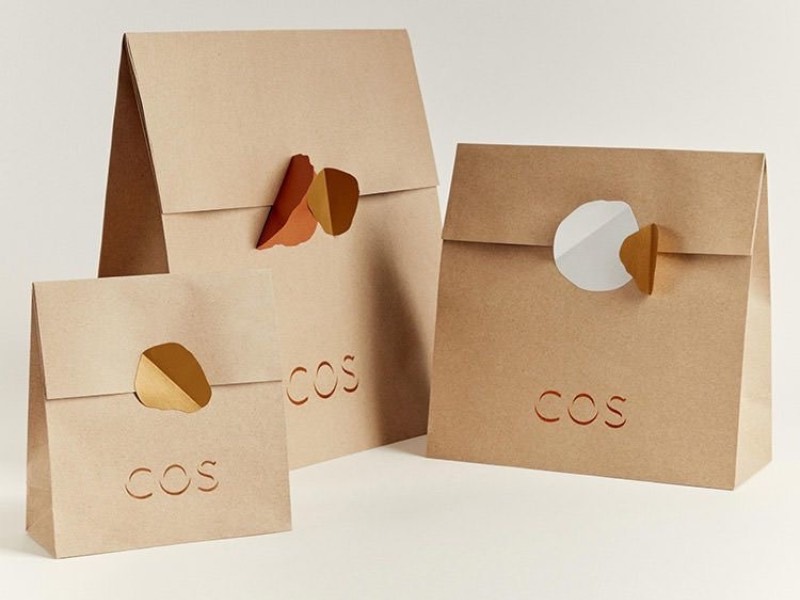
Determining whether paper bags are more expensive than plastic bags requires a comprehensive evaluation of various factors. Paper bags’ advantages for the environment and ability to be recycled must be taken into account. The pricing dynamics are influenced by market trends, laws, consumer preferences, as well as the longevity and durability of each type of bag.
The choice between paper and plastic bags must ultimately take into account the cost, environmental impact, and personal priorities. Sustainability becomes increasingly important. Therefore, the long-term benefits of paper bags, coupled with consumer demand, can drive the market towards more cost-competitive options. We can help create a more sustainable future by supporting eco-friendly alternatives and making informed decisions.
LEADING MANUFACTURER
We are a premier plastic bag manufacturer based in Vietnam. Our dedicated team excels in crafting customized packaging solutions to precisely meet the needs of all customers
QUALITY CONTROL
We have a strict quality control system. Our bags are inspected before production, during production, and prior to loading into containers. Our priority is to minimize every defective goods before shipping to our customers
AMAZING SERVICE
Our enthusiastic customer service team always strives to respond to your emails as promptly as possible. We take pride in our ability to consistently deliver high-quality products on time, every time.


